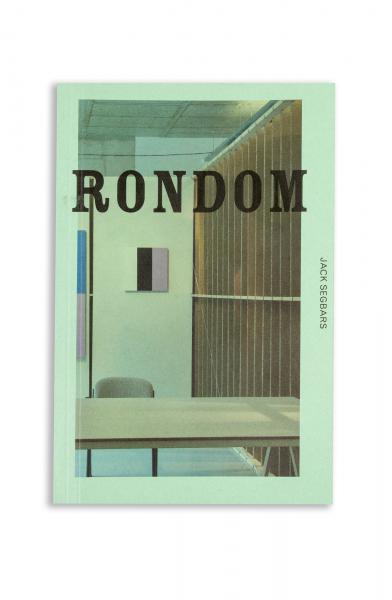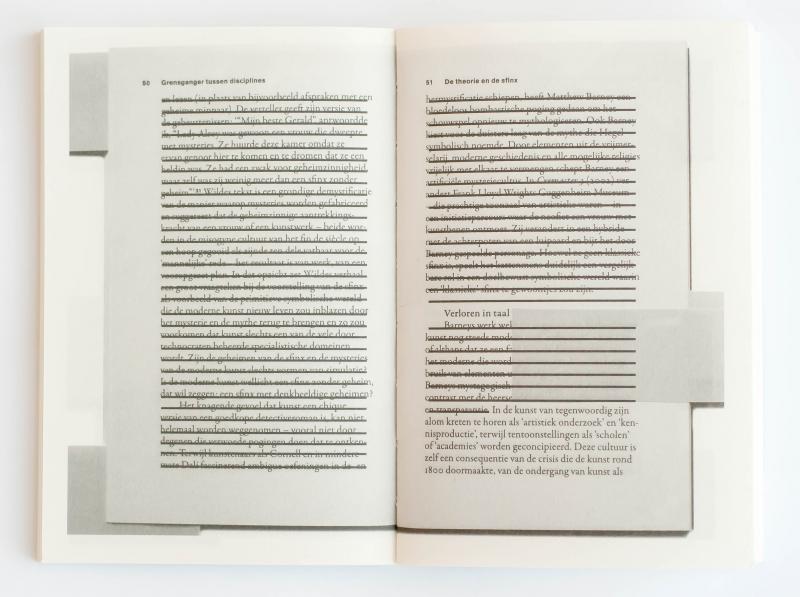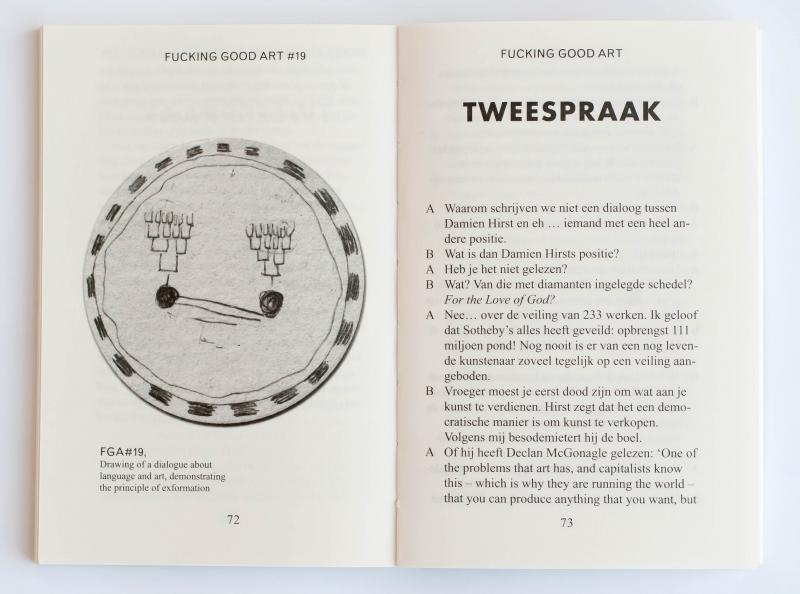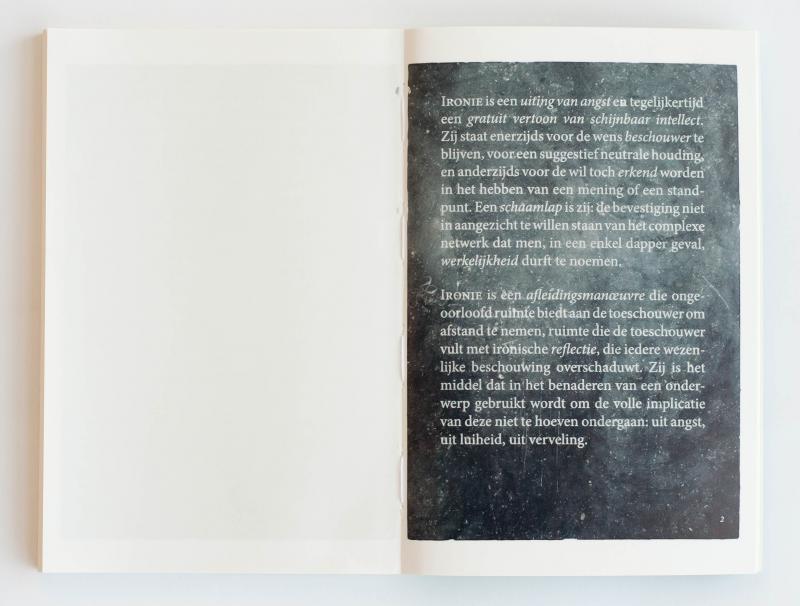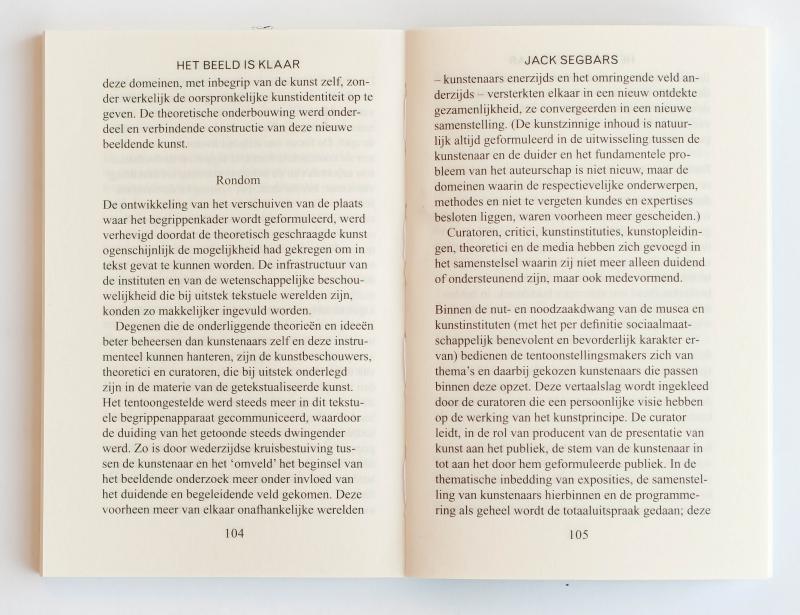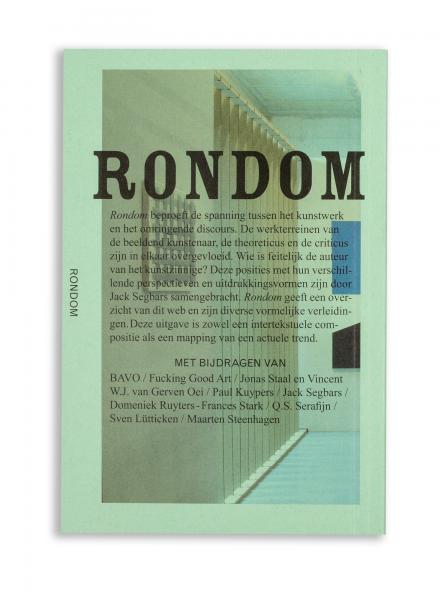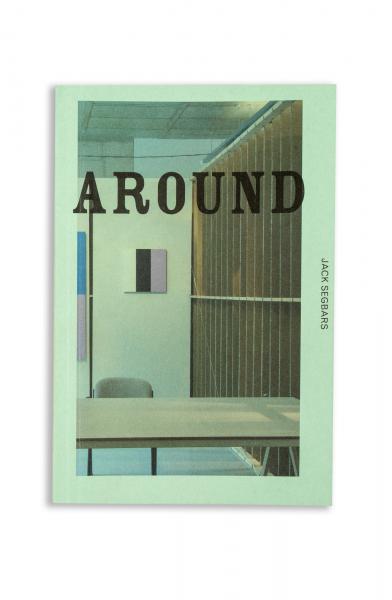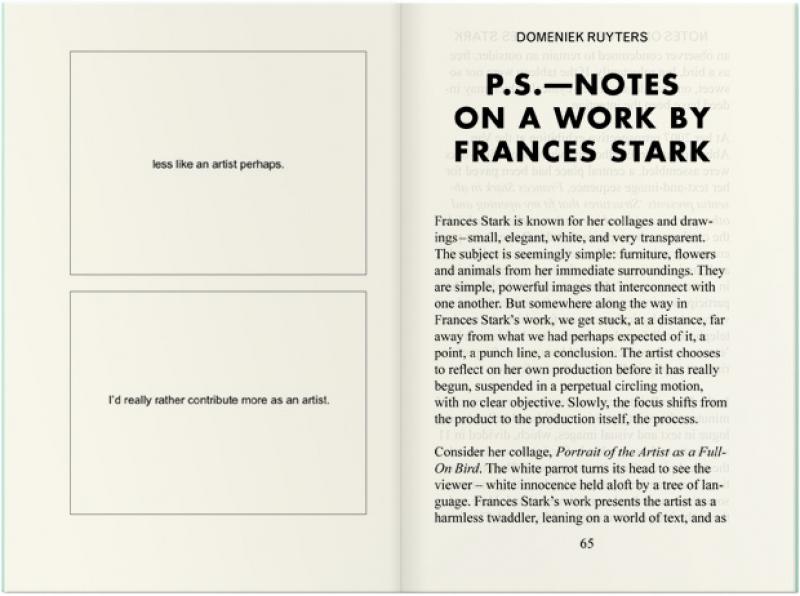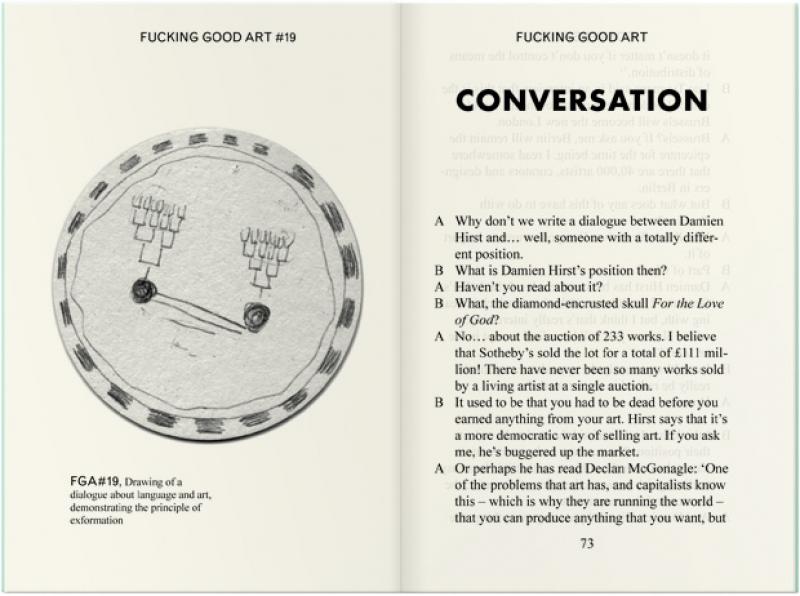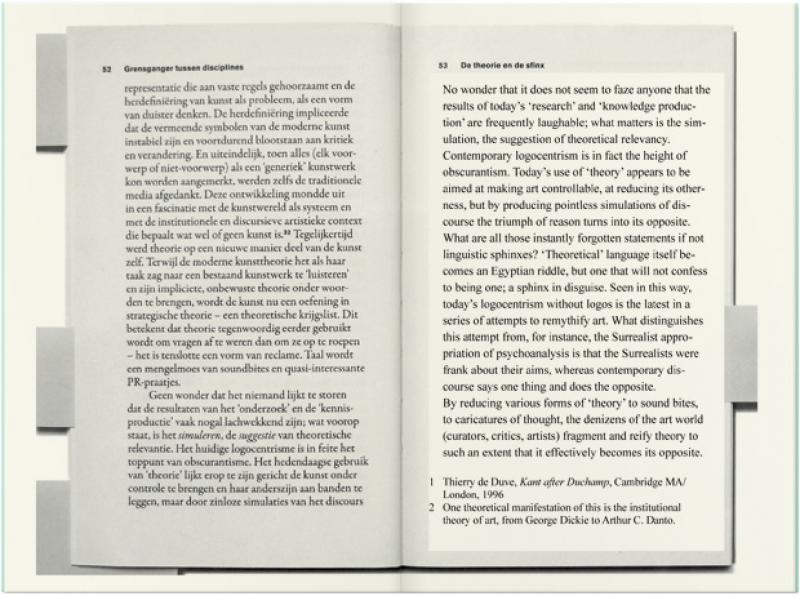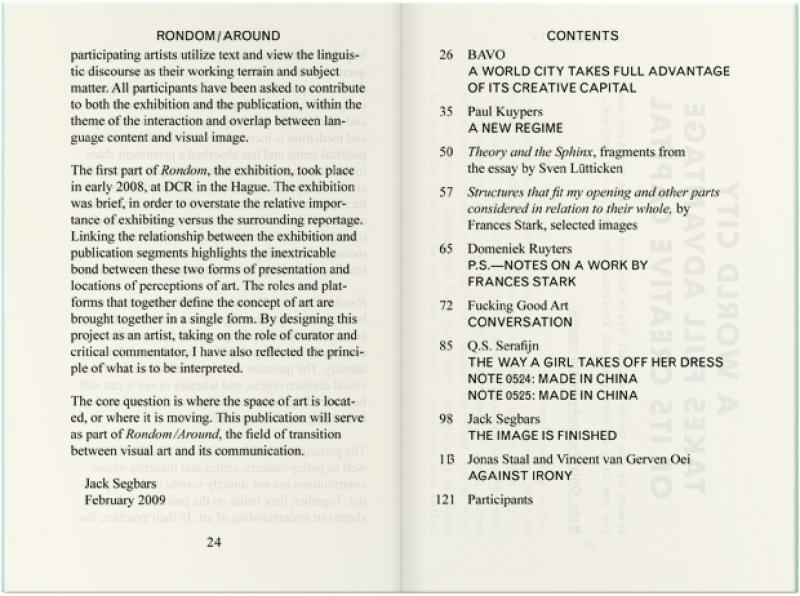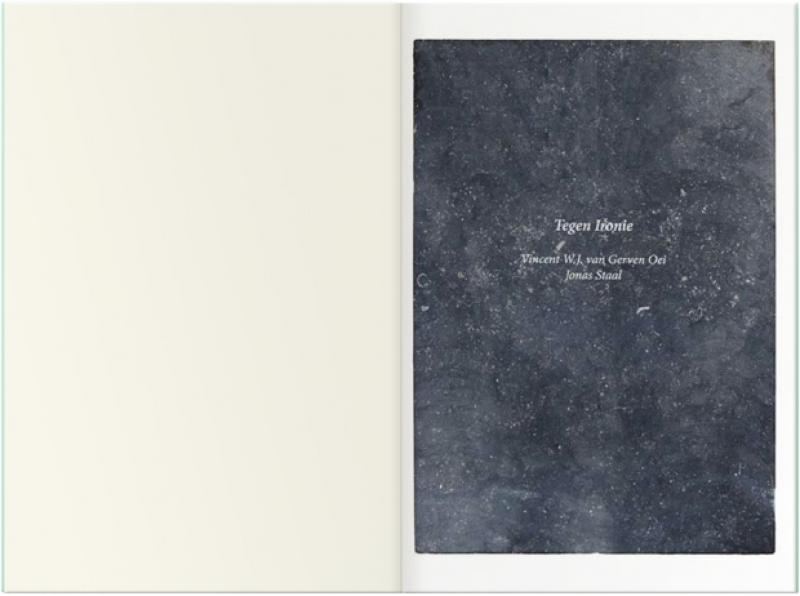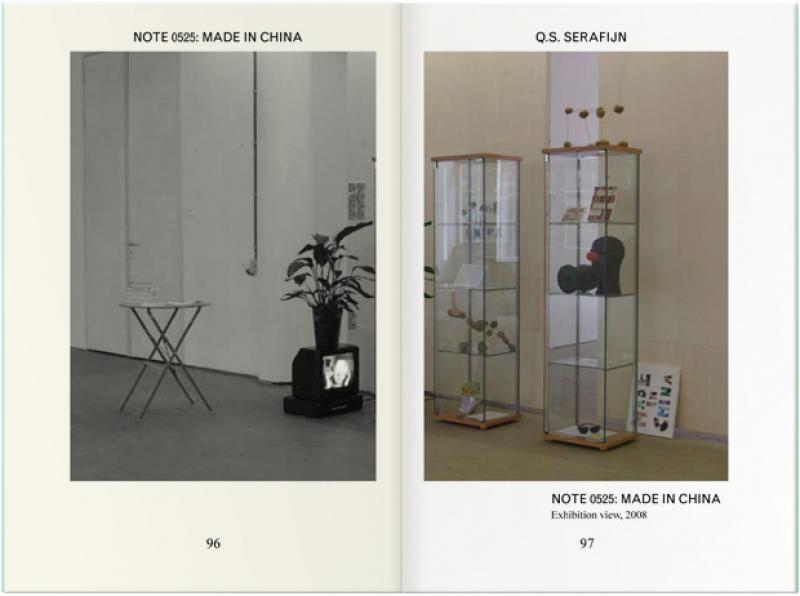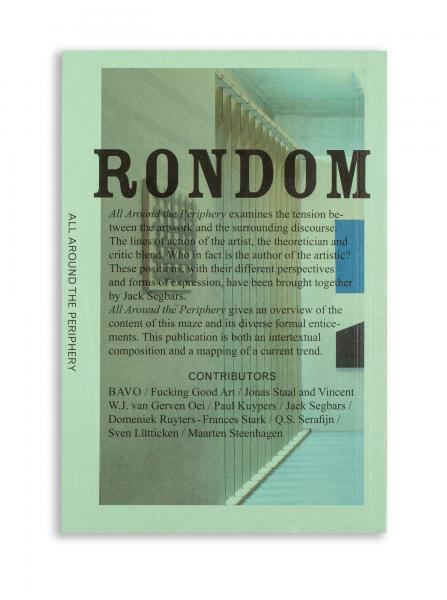In this endeavour, Jack Segbars investigates the relationship between the work of art as exhibited visual image and the textual discourse that surrounds it, the role and function of the artist in relation to the curator, institute and art criticism that together form the discourse on art.
Contributors:
BAVO, Fucking Good Art, Jonas Staal & Vincent W.J. van Gerven Oei, Paul Kuypers, Jack Segbars, Domeniek Ruyters - Frances Stark, Q.S. Serafijn, Sven Lutticken and Maarten Steenhagen
The foundation and clarification provided by texts in relation to visual art have become an unmistakable and substantial part of the concept and the experience of art. In the practice of art, the contents of the text and image domains have approached almost identical forms. The roles of the artist on the one hand and theorists, critics and institutes on the other have almost reached a symbiosis. This collaborative structure – referred to here with the wordrondom – has a strongly linguistic component, with which it is designed and communicated.
Art is increasingly embedded in a theme or a form of presentation that provides it with a clear, simple image and presents it in a social role and context. The language of this embedding and mediation has taken on a socio-political function and is a prominent factor in the choice of subject matter and the function of the art. The experience of art has come to serve as a vehicle for interpretation, as a starting point and illustration for a sociological, philosophical or social statement. Art has become a half-product in cultural production. The artists – in consultation – have assumed the position of intermediary between the demand and the supply of meaning. Art has become a veiled message, its reading an encrypted game. This development is utterly at odds with the idea of the autonomy of the arts, an idea that still persists and is upheld as the most important incentive and fundamental principle underlying the arts.
The Rondom project includes an exhibition and a publication with contributions in the light of the exchange and overlap between linguistic context and visual image. Artists who see textual discourse as their working terrain and subject matter are matched with policymakers, critics and theorists whose role is not usually visible in the actual art product. The core question is where artistic space is located and whether artistic, visual strength can withstand far-reaching social embedding and instrumentalization.

